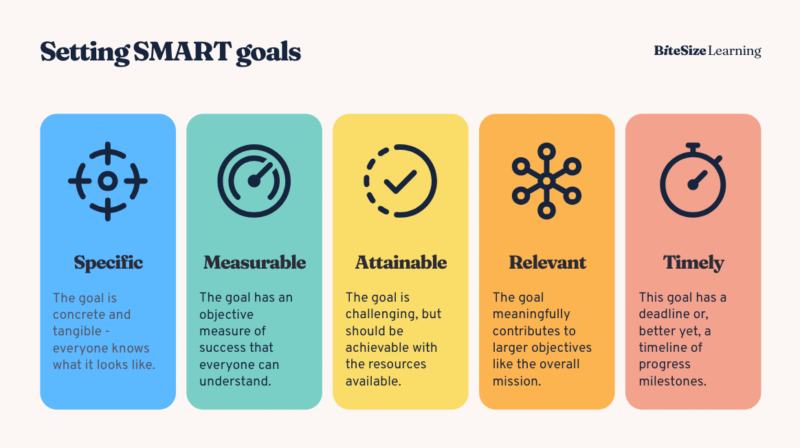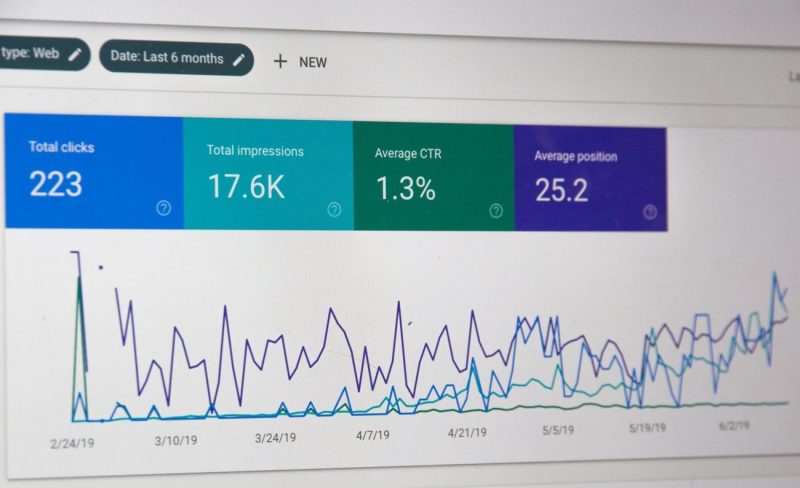Surely, you’ve heard about metrics and how they can help improve your business. But what are metrics really? They are numerical data that you can analyze to check if your marketing actions are working correctly, and today we’ll tell you more about them.
What are metrics and KPIs?
These metrics will help us understand the right path for improvement, attract quality traffic, increase your visibility in search engines, or capture potential customers. Another element that will help us improve is KPIs, key performance indicators, which help us understand the effectiveness and performance of the strategy.
The main difference between KPI and metrics is their function, and here are some features that differentiate them:
KPIs allow us to understand the performance of actions within a specific time frame, and they are analytical indicators generated when performing SEO actions.
On the other hand, metrics are not indicators but rather data derived from the strategy created by the company. These are quantifiable data that help us understand the results of effectiveness and performance.

To understand it better we give you an example: the metrics focus on the amount and the KPIs on the ratios of these metrics, the metric would be the number of visits to your website and the KPI the web traffic that encompasses the performance of the page, the page views or the bounce rate.
A good KPI helps us to know the following elements:
- Facts about progress and helps us make decisions based on information.
- Monitoring of essential elements such as quality, effectiveness, efficiency or performance of functions.
- Allows to know the long-term performance.
- Information on the progress of the objectives set.
How many KPIs should we choose?
The number of KPIs will depend directly on the goals your company has, through a single metric you will not be able to know the performance of your entire business. Therefore, it is important that you have clear objectives to achieve and with them determine the KPIs necessary to perform an analysis of these and obtain the necessary information to continue growing.
The essential thing when selecting the KPIs is to know the objectives, once you have determined the goals to achieve you must join them to a maximum of three KPIs since you will not be able to cover all the existing metrics. This way, you’ll select the most important metrics that will help you reach your goals.
SMART objectives
Once we have set our objectives we must check if these can really be carried out, for this, we have the SMART objectives, thanks to this technique we can verify if our goals can be implemented or not.

image by https://www.bitesizelearning.co.uk/
Specific
How are we going to get the target? To grow we must create specific targets based on data, for example, customer growth of 25% in a year. We cannot set a goal based on growth without data or time.
Measurable
How are we going to measure it? In order to set targets, they must be measurable, that is, there must be the possibility of quantifying it by numbers.
Achievable
What is the key action to be taken? The goal must be achievable and realistic, we cannot set ourselves too high a goal because it will be impossible to achieve.
Relevant
Will it help us achieve the company’s overall goals? We must keep in mind the global objectives when setting the specific ones, which will record a greater growth in the company.
Timely
Is it possible to achieve the objective at the set time? The last requirement to create an objective is that it be set in time. We cannot create targets without a timeline as they will not be carried out.
Key metrics for your business
Google Analytics will let you know specific information about your company, you can analyze it and see the problems that arise, what actions work properly and the elements to improve.
To define the objectives, as we mentioned above, you must take into account the metrics and KPIs to measure the information and thus continue to grow, then we leave you some of the metrics that can help you to set goals in your company:
1. Number of visits on your website
How many times have users visited your website? We must differentiate between the number of visitors and the number of page views.
2. Percentage of visitors
In this metric it is important to consider both recurring and new visitors. It’s better to have more repeat visitors than new visitors, because if they visit your page it’s because the content or products/services you offer are good.
3. Stay time
How long do users stay on your website? By knowing the route of the users you can be up to date with the pages that work and which do not. If the time of permanence is very low it will mean that your website does not attract customers to continue digging in the rest of pages.
4. Bounce rate
Percentage of users who leave your website directly, without interacting with it.
5. Audience by area
Thanks to this metric you will know the origin of your audience, so you can address them according to different interests.
6. Audience by age and sex
Like the previous metric, this will allow you to know your audience in depth to meet their needs.
7. Interests and affinities of the audience
If you know your audience, you’ll have a better chance of keeping it. So it’s important to keep up with their needs and interests.
8. Device visits
By being up to date with the devices used by your customers you can focus on one or the other. In addition, it is important to take this metric into account for the user experience since every day more people are reviewing the information from their mobile phone.
9. Conversion of visits
How many of those visits does your website have become customers? It is one of the most important metrics because it helps you know what is that element that captures your audience.
10. Conversion funnel
If you are up to date with your customer’s journey, you will know the phase in which you fail, in which you succeed and which you must improve. In addition, you can be aware of the phases in which they are and the time it takes to become a customer.
11. Comments, opinions and recommendations
Percentage of positive and negative reviews and reviews, with this you can continue to improve and know the perspective of your customers.
12. Origin of the visits
What is the main source of your visits? SEO, SEM, social networks…? If you have knowledge about the origin you can bet on one strategy or another.
13. Campaign performance
Are your campaigns working properly? This system can be measured using Google Adwords as it will provide you with the necessary information to know if your campaigns are working properly.
14. Return on Investment
Do your campaigns generate economic benefits? With the creation of campaigns our goal is to grow both personally and economically. With this metric you can know which campaigns are more profitable than others, so you can draw conclusions and thus approach your strategy in one way or another.
15. Conversions per channel
How many conversions are made per channel? This metric will help you know the channel through which users become customers. That is, you must focus to continue growing.




